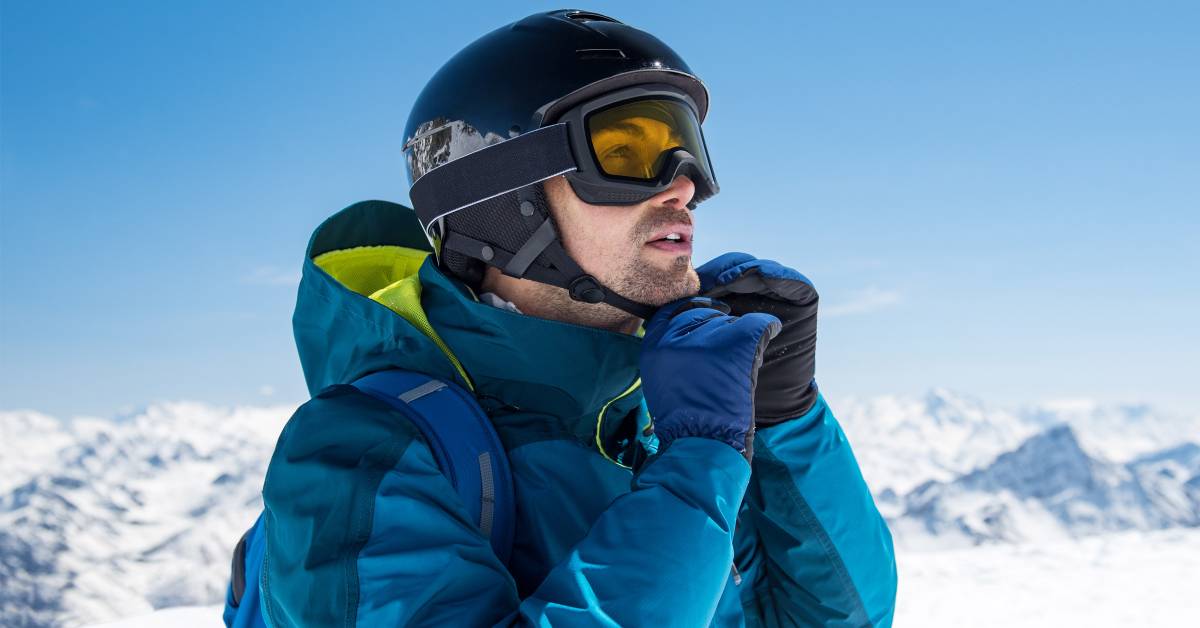In 2021, more than 57,000 injuries were attributed to skiing and snowboarding. Excess speed, loss of control and collisions with stationary objects, like a tree or lift tower, are the most common factors associated with fatalities.
As with any activity, there will always be accidents, however the right preparation, using the right equipment and gaining the right skills and knowledge can significantly reduce the risk of serious injury.
- Know your Snowsports highway code – and abide by it.
The FIS (International Ski Federation) has established 10 rules of ski and snowboard conduct that are legally binding in much the same way as rules of the road apply to car drivers. They are all common sense but it’s worth knowing them before hitting the slopes.
- Learn how to avoid collisions
It is essential to be constantly aware of your immediate surroundings. The more skilful the skier or snowboarder the more time he or she has to glance around. The biggest single cause of collision is skiing out of control. The second cause is the failure of skiers to obey a basic rule: always look uphill before setting off. Remember too that snowboarders follow a different line down the mountain from skiers and may be blind to you on the turn.
- Don’t lie about your ability
Incorrectly adjusted ski bindings account for many leg and knee injuries. The suitable DIN setting is a complicated equation of age, ability, height, and weight. Don’t be tempted to lie about the first three when getting them fitted, and know your own weight in kilos and pounds.
- Watch out for ice
In hard-packed snow, it is essential your skis are properly tuned and edges sharpened by a shop technician unless you’re particularly handy at doing it yourself. The passage of skiers and snowboarders can scrape the soft snow from lower slopes – especially those served by artificial snow cannons – leaving large patches of ice.
- Wear a helmet
During the last 20 years, helmet-wearing on the slopes has gone from the margins to the mainstream. The shift is partly due to high profile accidents such as former F1 racing driver Michael Schumacher suffering brain damage after a skiing accident in 2013, though he was wearing a helmet. It helped bring into focus that skiing and snowboarding can be inherently dangerous with people sliding down the slopes at up to 50mph.
- Ski safely off-piste
Always take a guide, study the weather and avalanche warnings and don’t blindly follow tracks. Skiing off-piste carries inherent risks and should only be attempted if you are an advanced skier with suitable off-piste training. Carrying the right equipment is also crucial – including avalanche receiver, probe and shovel – which you must know how to use.
- Carry the essential kit you need to go off-piste
Whether you’re skiing off-piste with a guide or not, you will need three essential items of kit – an avalanche transceiver, collapsible three-meter probe, and shovel and be well versed in how to use them. Schniewind suggests a two or three-hour practical training session with safety equipment and refreshing yourself each year.
- Stay safe in the trees
The golden rule is always to ski with at least one other person when heading into the trees. Keep them in view as much as possible and if you do lose visual contact, call out to each other and regroup. Don’t use wrist straps as ski poles can easily get caught on branches.
Further, more detailed information can be found at the following websites, from which this article was curated
The Telegraph
Club Med


 The largest HSE fines in 2022
The largest HSE fines in 2022